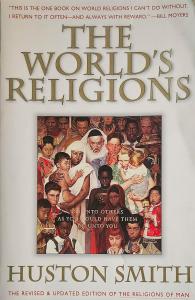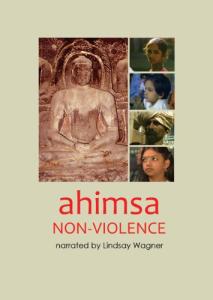Exploring the Power of Ritual and Religious Belief:
A Critical Review of Graham Harvey's Reader
Rituals and religious beliefs are deeply intertwined elements of human societies. They have played a significant role in shaping cultures, traditions, and identities for centuries. In his book Ritual and Religious Belief: A Reader, Graham Harvey delves into the complex relationship between ritual and religious belief, providing a comprehensive and thought-provoking analysis.
Harvey defines rituals as "a sequence of actions performed in a specific order and according to prescribed rules." These actions can range from simple gestures to elaborate ceremonies and are often accompanied by symbolic objects and words. On the other hand, religious beliefs are a set of convictions about the supernatural, the spiritual, and the ultimate purpose of life. Harvey argues that rituals and religious beliefs are mutually reinforcing, providing a tangible expression of religious beliefs.
One of the most striking aspects of Harvey's book is its emphasis on the diversity of rituals and religious beliefs across cultures and time periods. He presents a wide range of case studies, from ancient Egyptian funerary rituals to contemporary Pagan practices, to illustrate how rituals and beliefs have been expressed and evolved. This diversity challenges the notion of a universal, homogenous religious experience. It highlights the need for a more nuanced understanding of rituals and religious beliefs.
Throughout the book, Harvey highlights the social functions of rituals and how they contribute to maintaining social order. He argues that rituals serve as a mechanism for creating and reinforcing social boundaries and promoting social cohesion and solidarity. For example, he explores how rituals can mark significant life transitions, such as birth, marriage, and death, and how they can strengthen communal identities.
Another thought-provoking aspect of the book is Harvey's analysis of the relationship between rituals and power. He argues that rituals can be used as a tool for maintaining and legitimizing power structures and challenging and subverting them. This is evident in his case studies, such as the role of religious rituals in justifying colonialism and the use of rituals in political protest movements.
While Harvey's book provides a comprehensive and insightful exploration of rituals and religious beliefs, some readers may find it lacking in certain areas. For example, the book focuses primarily on Western and Pagan traditions, with limited coverage of non-Western and indigenous practices. Additionally, some may argue that the book could benefit from a more critical perspective on the role of rituals in perpetuating social inequalities and injustices.
In conclusion, Graham Harvey's Ritual and Religious Belief: A Reader is a valuable resource for anyone interested in understanding the complex relationship between rituals and religious beliefs. Through its diverse case studies and thought-provoking analysis, the book challenges our preconceived notions. It offers a nuanced perspective on these fundamental aspects of human existence. It is for students, scholars, and anyone seeking a deeper understanding of the role of rituals and beliefs in shaping our world.






